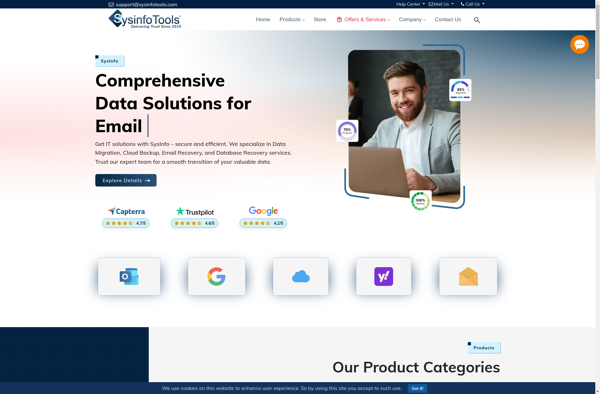VMware Workstation Player
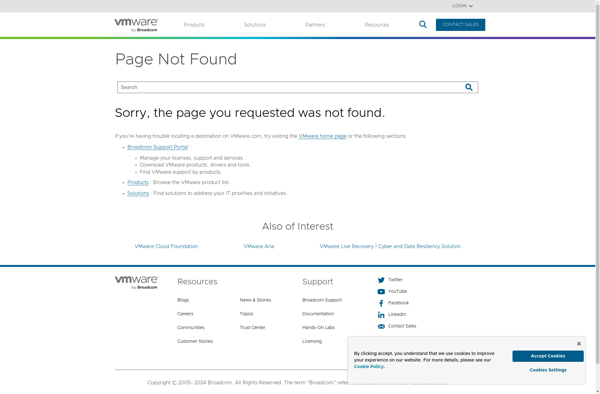
VMware Workstation Player: Virtualize Multiple Operating Systems
Run multiple virtual machines on a single physical machine, test software, run different OS, and consolidate hardware with VMware Workstation Player
What is VMware Workstation Player?
VMware Workstation Player is a Type 2 hypervisor developed by VMware for desktop virtualization. It allows users to set up multiple virtual machines (VMs) on a single physical machine and run them simultaneously.
Key features of VMware Workstation Player include:
- Ability to run production environments and test software on different operating systems without the cost of additional hardware
- Snapshotting capability to easily roll back VMs to previous states
- VM cloning for faster deployment of identical VMs
- Drag-and-drop feature for moving files between host and guest OS
- Virtual networking and sharing options between virtual machines
- Support for restricted virtualization requiring hypervisor-level security
VMware Workstation Player makes it affordable for developers, QA teams, IT administrators and other professionals to evaluate software, run virtual appliances, test patches and reference architectures, and more without needing dedicated physical hardware. It can help consolidate and simplify physical infrastructure as well.
VMware Workstation Player Features
Features
- Run multiple operating systems simultaneously
- Isolate applications and services
- Test software in different environments
- Snapshot and revert virtual machine states
- Drag-and-drop files across virtual machines
- Virtual networking and sharing
- 3D graphics acceleration
- Unity mode for running Windows apps seamlessly
Pricing
- Free
- Freemium
Pros
Cons
Reviews & Ratings
Login to ReviewNo reviews yet
Be the first to share your experience with VMware Workstation Player!
Login to ReviewThe Best VMware Workstation Player Alternatives
Top Virtualization and Desktop Virtualization and other similar apps like VMware Workstation Player
Here are some alternatives to VMware Workstation Player:
Suggest an alternative ❐VirtualBox
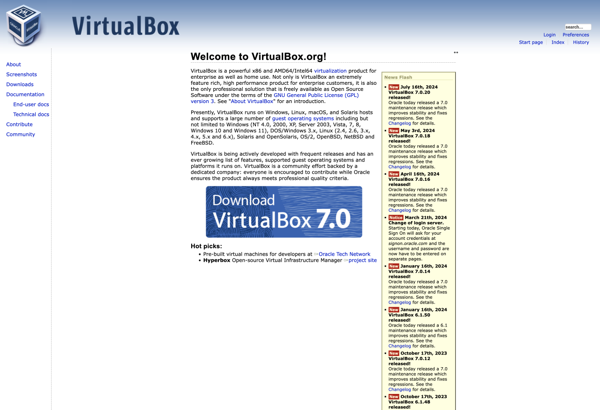
QEMU
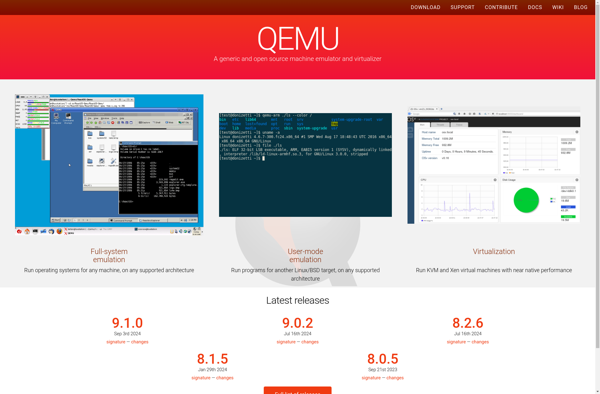
Parallels Desktop
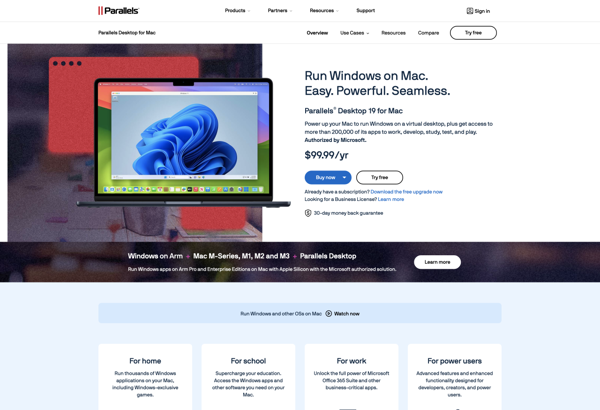
Limbo PC Emulator
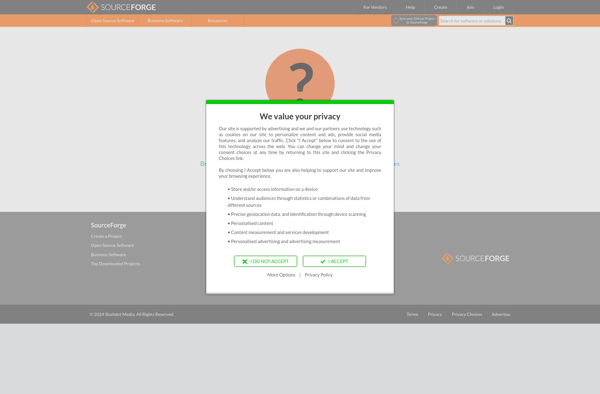
Windows Sandbox
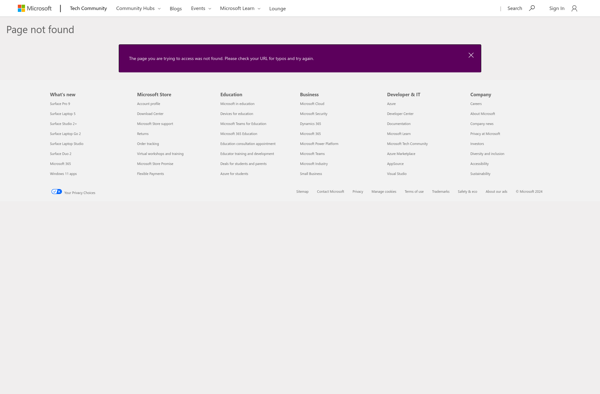
Portable Virtualbox
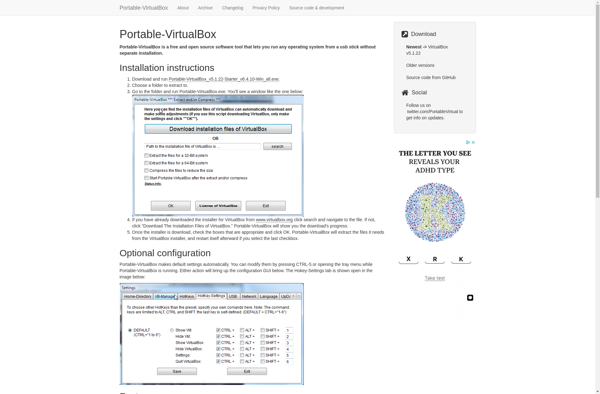
KVM (Kernel-based Virtual Machine)
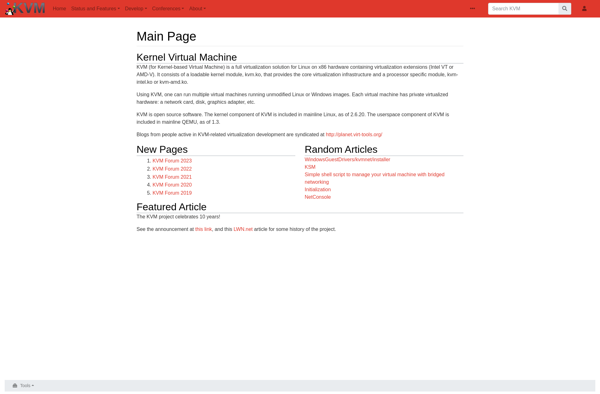
QEMU Manager
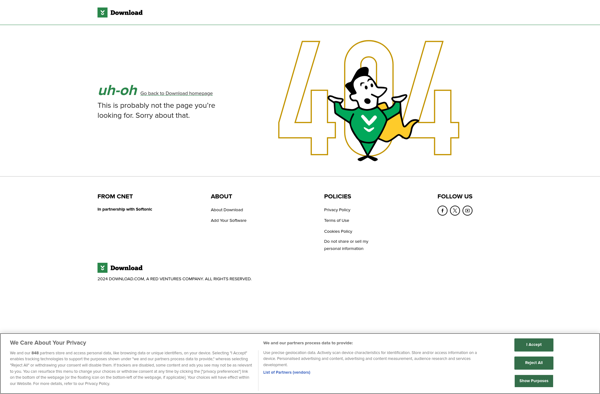
VMware Fusion
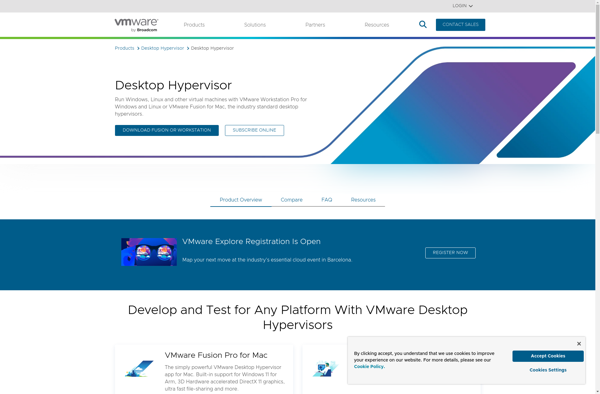
AQEMU
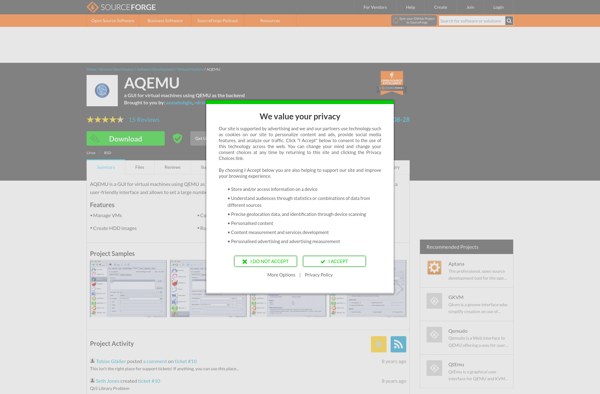
Multipass
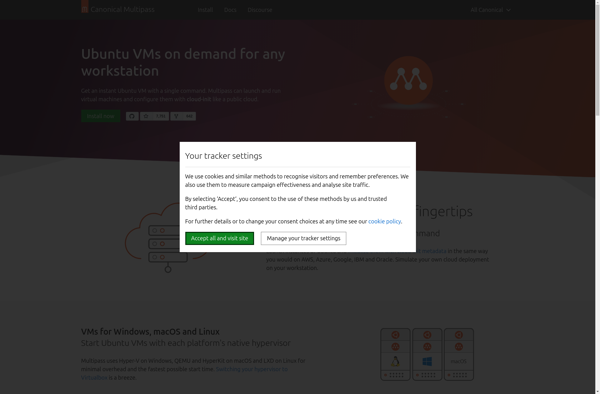
Bochs
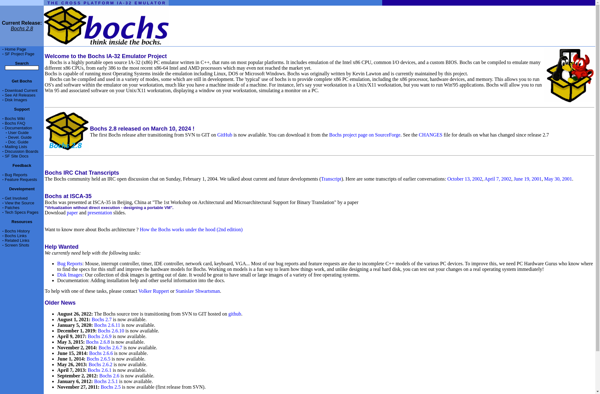
Boxes
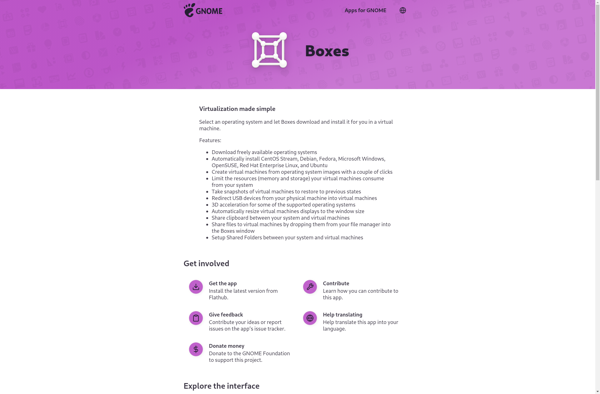
MobaLiveCD
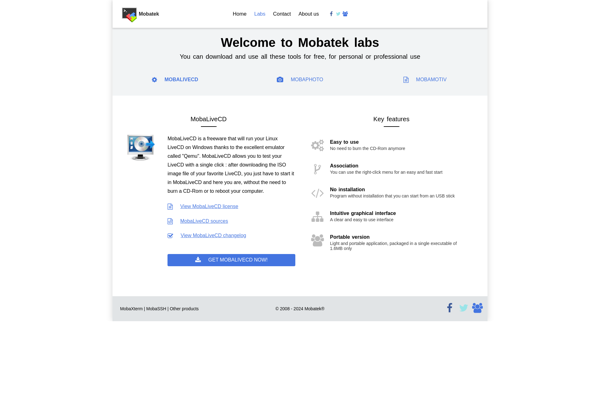
RVTools
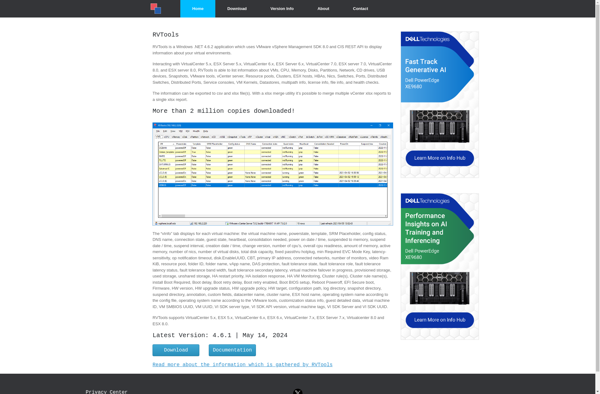
JavaQemu
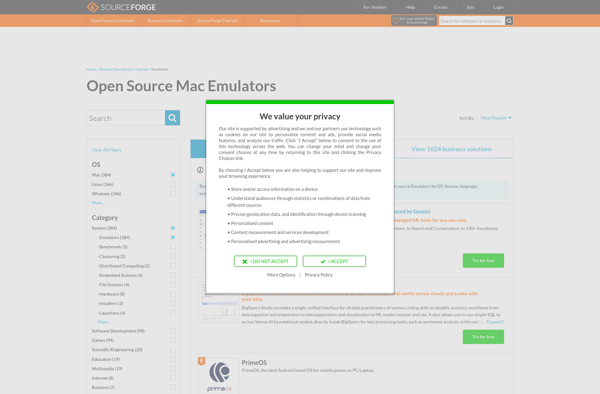
VMWare Disk Mount
QtEmu
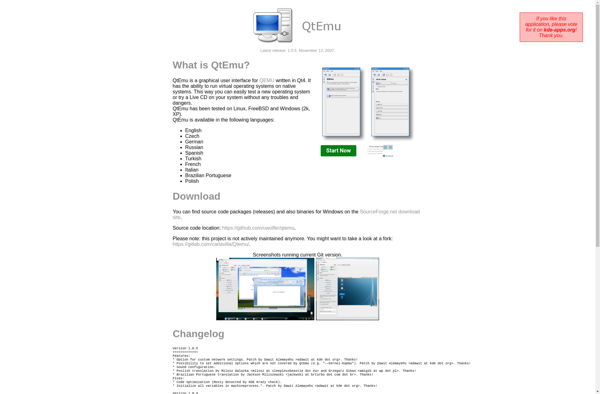
Mojopac
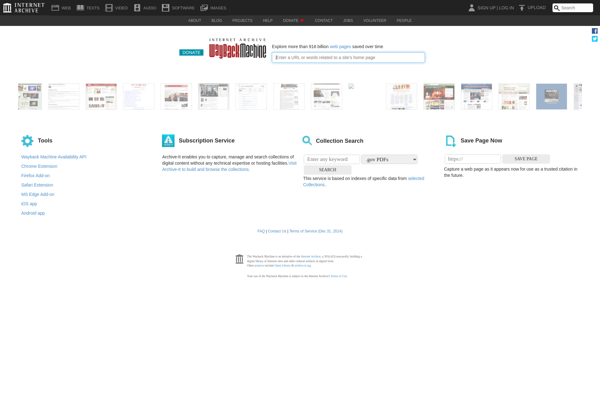
VMLite Workstation

Qemu Simple Boot
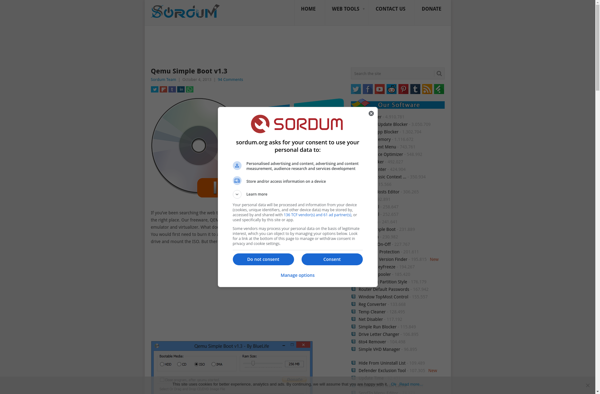
VMmanager
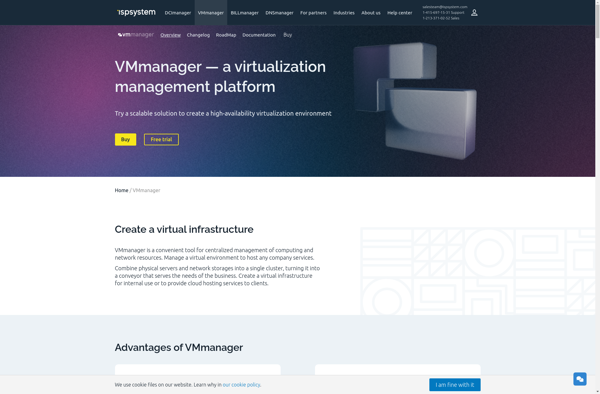
GreenVBox
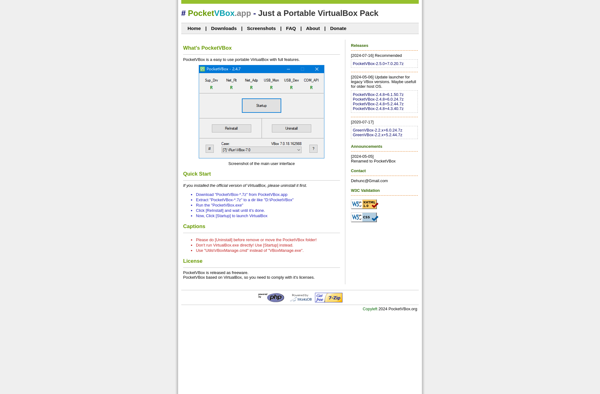
VirtualBuddy
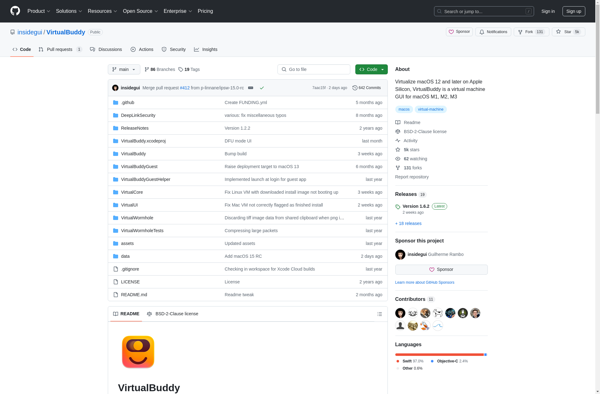
Xhypervisor
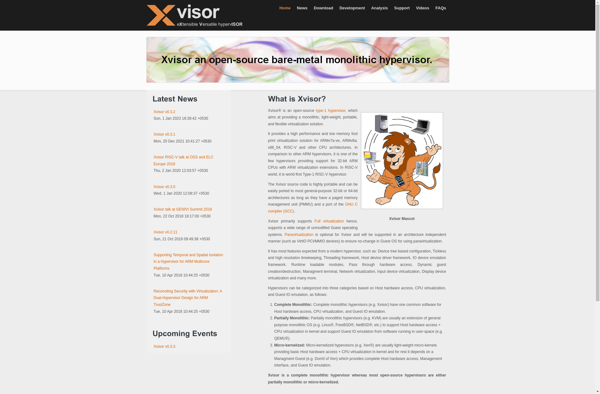
FAUMachine
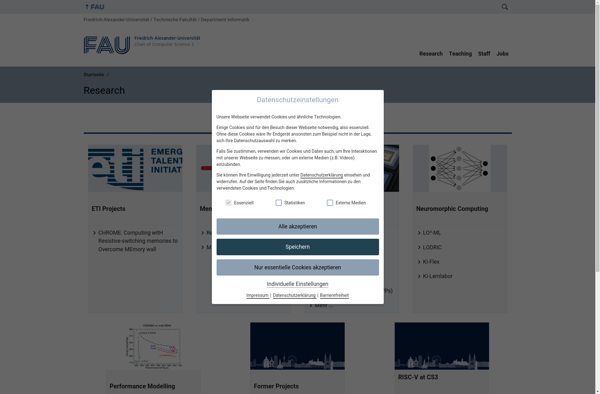
Virtual PC

GNURoot Debian

VMware Server
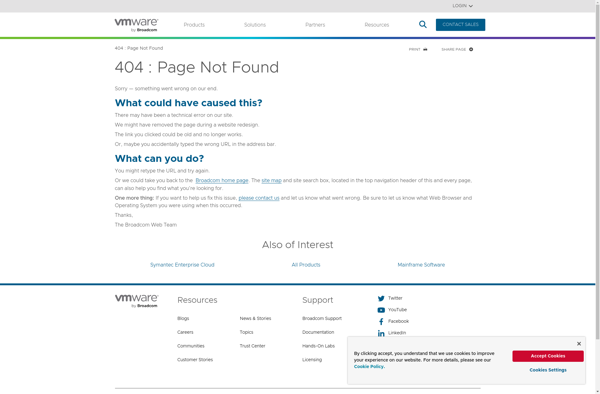
Parallels Workstation
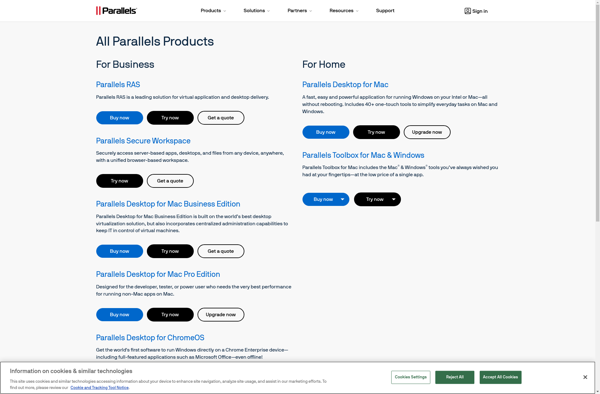
VMLite XP Mode
OpenVZ
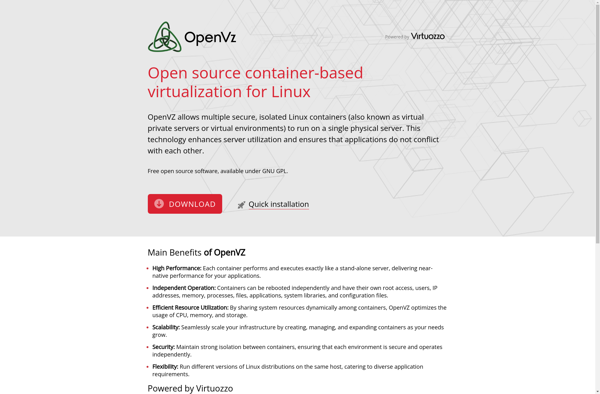
SysInfoTools Virtual Disk Machine Recovery Tool
